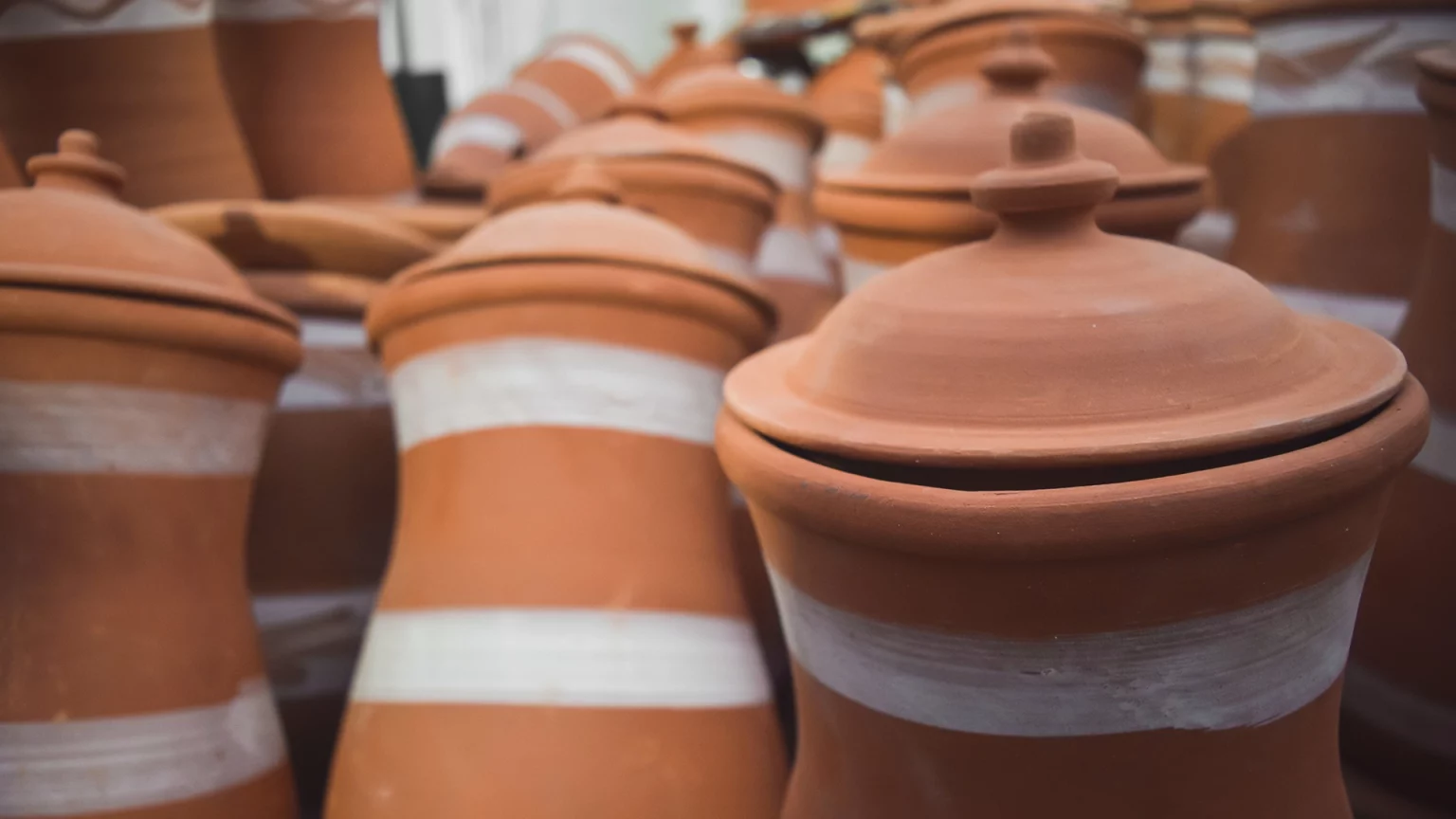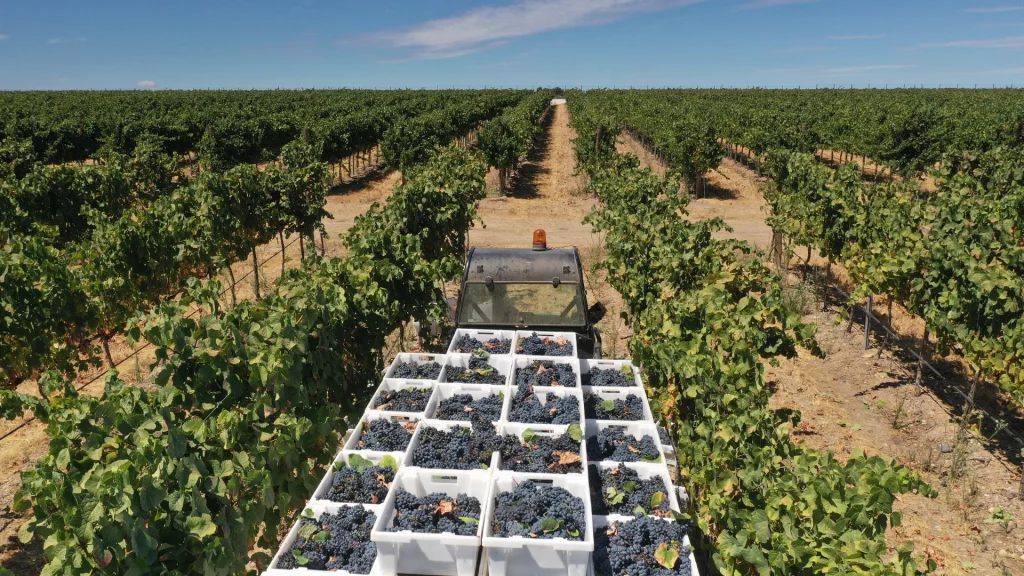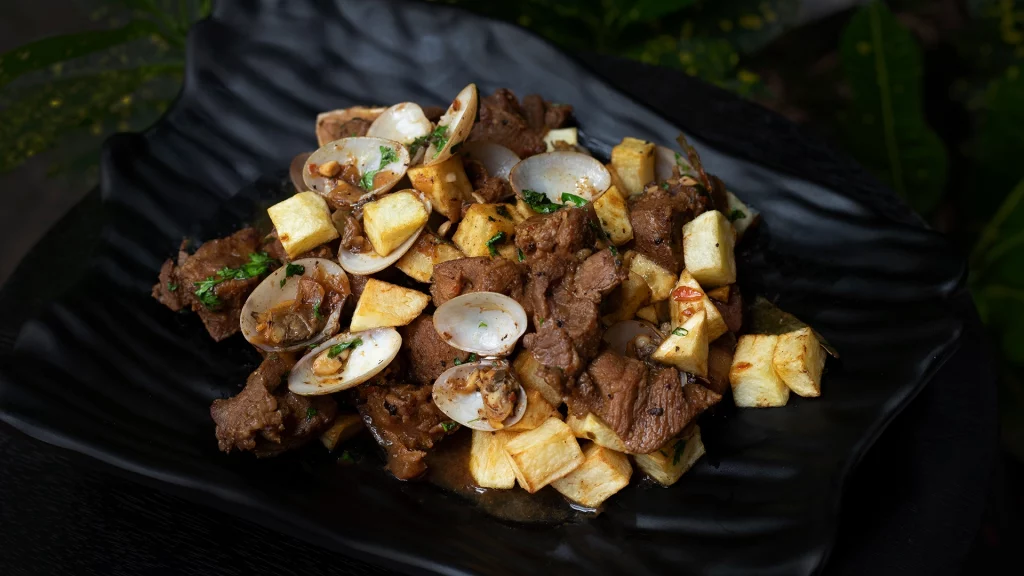Alentejo traditions tell the story of the people of Alentejo, the scenery, and their way of living. A history made up of gastronomy, craftwork, and music, which for centuries have accompanied and softened the long days of hard work of the locals, in a singularity that UNESCO has already classified as World Heritage.
In this region of south-central Portugal, home to some of the country’s most impressive medieval constructions, the cities of Évora and Elvas do the honours of this listed heritage.
Évora, the museum city, is dazzling in its historic centre. One may admire the architecture and historical remains dating back more than 2,000 years, bearing witness to Roman, Visigoth, and Arab influences.
As for Elvas, the border city, visitors are impressed by one of the world’s largest groups of fortress bulwarks, revealing Portugal’s troubled relations with its neighbours.
In the Alentejo scenery, one can find numerous points of interest, undulating on the vast plains and growing on the slopes of the mountains in a landscape moulded by man, who has painted nature with his whitewashed houses polished in bright yellow and blue tones.
Alqueva, Monsaraz, Marvão, Castelo de Vide, Vila Viçosa, Beja, Mértola, and many other cities and towns are proof of this union between man and nature. Here traditions from the Alentejo live with unique ecosystems, where we can find some of Europe’s most beautiful beaches, rivers, and estuaries. These are now protected by several parks and natural reserves that integrate the Natura 2000 Network.
The flavours and aromas of a unique gastronomy
In the Alentejo, we find some of the best wines in the country, ideal for enriching countless typical dishes, with a taste reminiscent of Arab and Roman influences left by the peoples who inhabited the region. From confectionery to the tasty black pork meat typical of the region’s traditional livestock breeding, the Alentejo’s flavours are surprising and memorable.
The wines, which have always been present in this region – although the history of winemaking has been interrupted several times – are now one of the great drivers of local tourism. Of particular note is Vidigueira, an Alentejo Designation of Origin region, which has been able to turn the hot, dry summers of the plains into intense wines full of character.
The local ruins of the Roman Villa of São Cucufate reveal the evidence of the town’s timeless vocation for winemaking, where the tradition of making amphora wines, dating back more than 3,000 years, awaits nomination as World Intangible Cultural Heritage.
Wine tourism projects in the region have grown in recent years, and wineries and estates, such as Quinta do Paral, open their doors to showcase their wine treasures. They also offer visitors a variety of white, red, and rosé wines that will leave a lasting impression.
At Quinta do Paral, one may also try another great flavour of the Alentejo: olive oil. Sourced from century-old olive trees, the extra virgin olive oil made at Quinta do Paral is a real gourmet find, an example of traditional production practices combined with the best contemporary sustainability practices.
The craftsmanship of textiles, ceramics, and iron
The handmade Arraiolos rugs exhibit the exuberance and exoticism of the Moorish tapestry tradition. Alentejo artisans have perfected and passed it down to the present day. These high-quality rugs come at a high price and are renowned worldwide.
Another gem of Alentejo traditions is the stone pottery from Nisa, which draws winding lines of small white stones on fresh clay. The motifs are elementary but produce effects of great beauty to which no one is indifferent.
Ceramics is also one of the crafts of the Alentejo people. Viana do Alentejo, Redondo, and São Pedro do Corval are part of one of the largest ceramic centres of the Iberian Peninsula. Besides, we mustn’t forget the production of clay figures in Estremoz that has been added to UNESCO’s Representative List of the World’s Intangible Cultural Heritage. Over 100 different figures have already been referenced in this craft, which uses techniques over 300 years old to represent the daily life of the Alentejo people.
Another of the Alentejo traditions admired worldwide is the manufacture of chocalhos or cowbells, which in the past granted an unmistakable sound to the Alentejo scenery. With the progressive disappearance of pastoralism, their use faded away. Still, the Alcaçovas Cowbell Museum remained, where one may admire more than 2,000 items collected in the parish for more than 60 years. Some craftsmen keep its manufacture alive to this day.
Alentejo traditions: singing, clothing, and festivities
The famous cante alentejano, a form of singing, represents the voices of those who, in the past, sang away the long days of farming and mining. Today, they sing in pilgrimages and popular festivities in clubs and taverns. Sung without resorting to any instrument, this unique Alentejo art, also recognised as World Intangible Cultural Heritage, tells its people’s stories of melancholy, love, and longing. It also sings about the region’s struggle for workers’ rights, as seen in its most famous song, Grândola Vila Morena.
Alentejo traditions are also festive, and the Popular Festivities of Campo Maior, also listed as World Intangible Cultural Heritage, are a true feast for the eyes. In these festivities, colour reigns supreme and is worked by the hands of the locals and the thousands of paper flowers they create to decorate the streets of this border town, drawing visitors from all over the world to marvel at the play of light and shade of this colour palette of exceptional beauty.
For the bitterly cold days that pervade the Alentejo in winter, one tradition is always welcome: the capote, a long coat with fur on the collar, traditionally worn by shepherds, which is still made locally according to ancestral techniques and using authentic materials from the region.
Less well-known but deserving of a final note is the viola campaniça, a stringed instrument extremely popular in Castro Verde. It almost disappeared at the end of the last century; however, it has been recently revitalised, reaffirming its role as an official companion to singing and simple dances, making the traditions from Campo Branco genuinely memorable.



